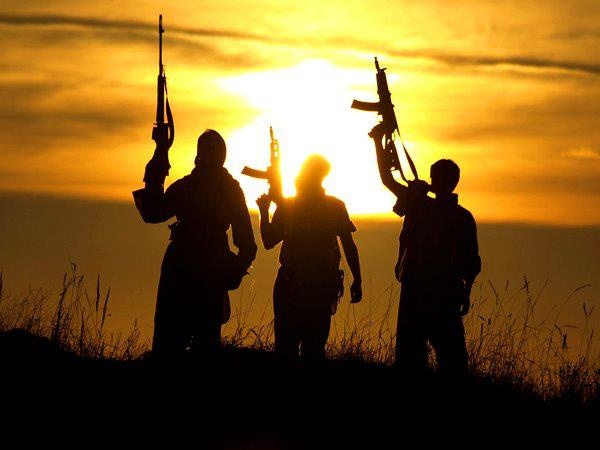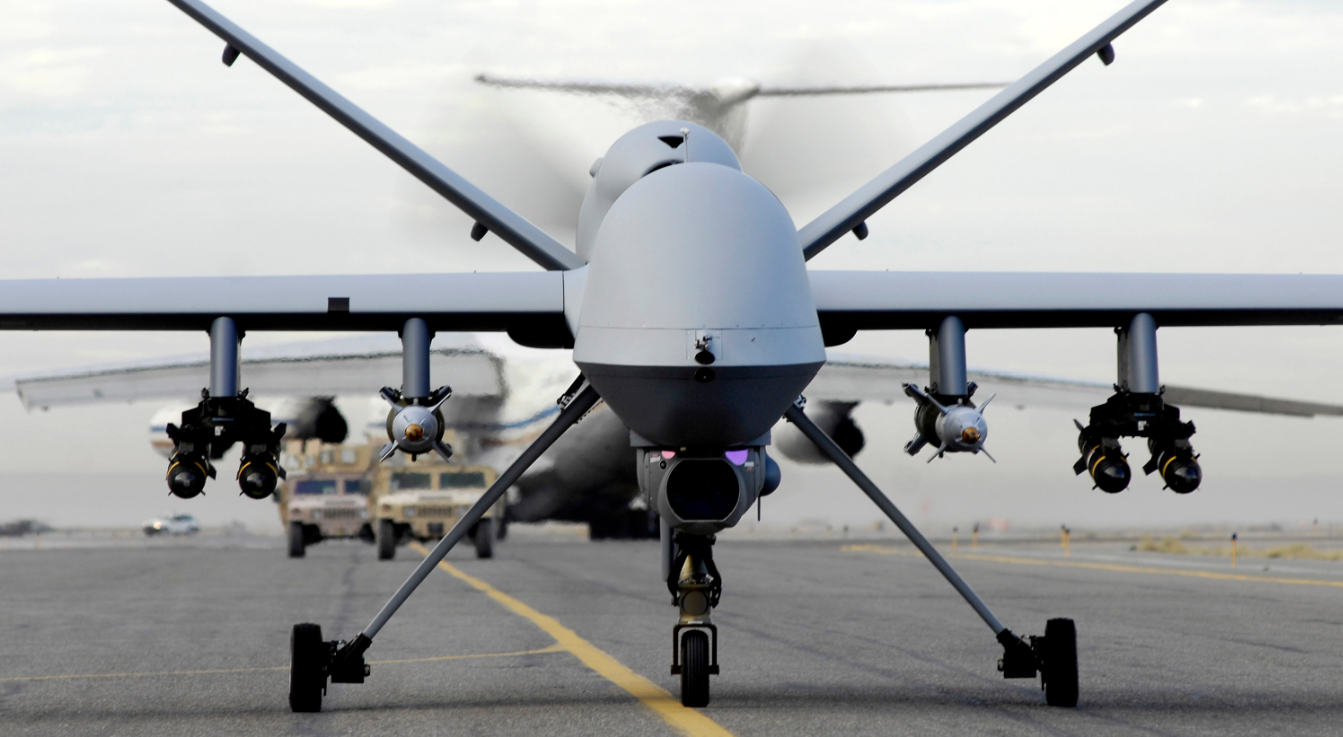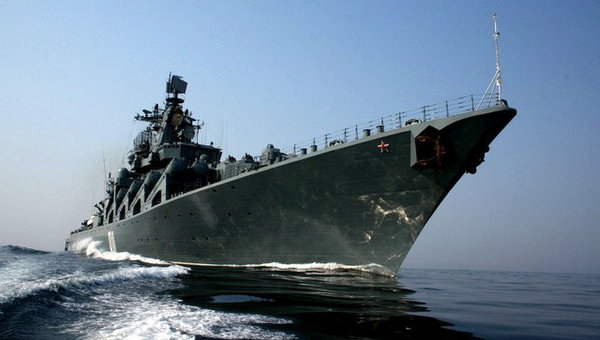Japan’s Ministry of Defense (JMOD) released its ¥5.09 trillion (US $42.8 billion) budget proposal for the coming year on August 31 2015, marking a third consecutive year of military budget increases. The proposal should not be interpreted as a sign of Japan’s remilitarization. Calls of an East Asian arms race led by Tokyo and Beijing are also largely overblown. Rather, the proposal comes at a critical time as Japan keeps pace with its security environment, normalizes by overhauling its security policies and fortifies its maritime interests in the East China Sea. These actions represent Japan accepting a greater share of the security burden in the Western Pacific region, with or without its American partner.
Maintenance and personnel costs represent the bulk of the proposal. A closer look also shows a large portion of the budget will be allocated to restructuring the Japanese Ground Self-Defense Forces (JGSDF) into lighter, mobile units. Overall, the proposal shows a buttressing of the Japanese Self-Defense Forces’ (JSDF) amphibious and command, control, communication, computers, intelligence, surveillance and reconnaissance (C4ISR) capabilities. While the Japanese military is already a powerful regional-security actor, the JMOD’s FY2016 military hardware wish-list is a reflection of Japan’s main priority; the defense of islands already under Tokyo’s administrative control, rather than the projection of power beyond.
Robust, mobile and amphibious forces
The FY2016 budget proposal is part of Japan’s 10-year National Defense Program Guidelines (NDPG). The current NDPG allocates ¥ 23.97 trillion (US$199.5 billion) for a first period of five years (2013-2018) towards the creation of more amphibious warfare capabilities and a lighter Dynamic Joint Defense Force (DJDF). According to the NDPG, the DJDF will emphasize ‘defense posture buildup in the southwestern region’. Japan is shifting its defence capabilities away from artillery heavy units that have long ensured northern territorial defence against a potential Russian attack. These units are slow to deploy and ill-suited for amphibious warfare in the southwest regions. The transition towards rapid, mobile and amphibious forces reflects Japan’s current regional security environment; one marked by competing maritime territorial claims with China, South Korea and Taiwan. Future defence acquisition should focus on JSDF capabilities that will ensure maritime and air superiority, which is the prerequisite for effective deterrence and response in various situations. Finally, air, ground and maritime forces will increasingly work in close cooperation in order to provide an effective deterrent and response to potential invasion of Japan’s far-flung islands.
The first scheduled units for conversion in FY2016 are the army’s 8th Division and 14th Brigade, based respectively in the South West and South Central regions. Funds are also requested to buy 36 mobile combat vehicles (MCVs) which will be deployed to those two units. Of Japan’s 15 army divisions and brigades, 7 will be converted to mobile, light and flexible units by the end of FY2023. Japan made the leap towards developing its own version of a U.S. marine corps in 2010, capable of responding quickly to emergencies and invasion of its remote islands. The Japanese Amphibious Rapid Deployment Brigade is looking to acquire 12 Ospreys V-22 helicopters and 11 assault amphibious vehicles (AAVs) for FY 2016.
C4ISR: shifting the focus south
Officials are setting aside US $90 million to expand an army patrol unit on Miyakojima islands in the Okinawa Prefecture, and US $72 million for the construction of a base equipped with mobile surveillance radars on Amami Oshima, an island midway between Okinawa and the Japanese mainland. The proposal also allocates funds towards the construction of a military radar station on Yonaguni island, the westernmost inhabited island of Japan, located 150 kilometers south of the Senkaku/Diaoyu Islands.
The JMOD is planning to bolster the defense of its islands within the 870 miles of ocean between the Japanese mainland and Taiwan. The budget proposal will also increase the Air Self-Defense Forces (ASDF) patrol, surveillance and transport capabilities. The acquisition of an early warning aircraft, three Global Hawk drones, 17 surveillance helicopters, six F-35A fighters and a C-2 military transport aircraft are slated for FY2016.
Normalization, not remilitarization
While approval of the budget request is expected in December, many qualified it as record-high, also noting that the 2.2% increase from the approximate US $42 billion for FY2015 to US $42.8 billion would bring the JMOD’s military budget to its highest level since WWII. Others were quick to interpret the request as sign of Japan’s remilitarization; a dangerous destabilizer in a region already marked by rapid military acquisition, historical animosities, and an increasing number of incidents in the South China and East China seas. President Obama reiterated Washington’s support to Tokyo under the Japan-U.S. security treaty in case of territorial aggression on the Senkaku island chain. Questions remain however as to the credibility and degree of support in light of budgetary and political uncertainties within U.S. government. Given these unknowns, the JMOD’s 2016 budget proposal signals Japan’s intentions to monitor and protect the islands under its administrative control, with or without American help. Buttressing its military presence on its far-flung islands with C4ISR capabilities and rapid action army units could give Japan the advantage over China and other competing territorial claimants.
Finally, the Asia-Pacific region is home to five of the top fifteen defense spenders, including China and South Korea. China’s defence budget was hiked by 10.1% from the previous year’s US $145 billion budget, reaching approximately US $145 billion for FY2015. This follows nearly two decades of steady double-digit defence budget increases. For its part, South Korea announced its US$36 billion FY2016 defence budget, a 7.7% increase over FY2015’s US$ 33.4 billion budget. In this light, it is worth asking why Japan’s defence budget proposal in particular is singled out as a destabilizer.





